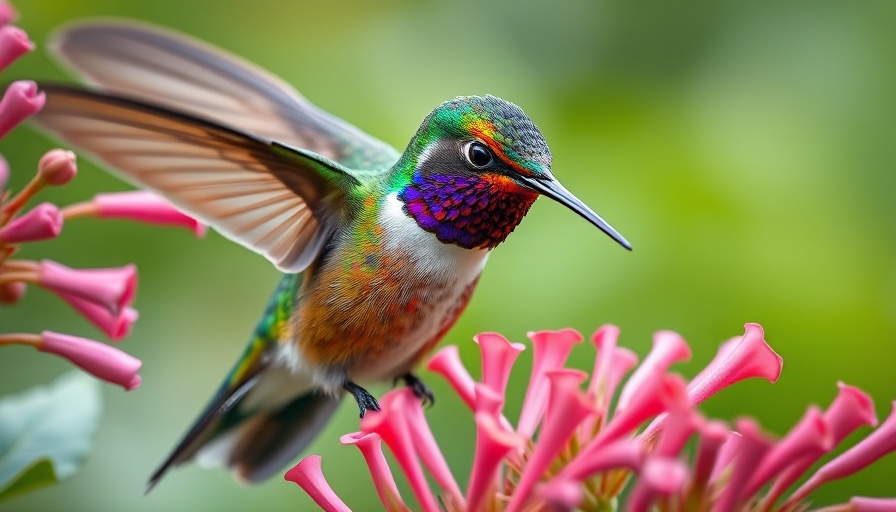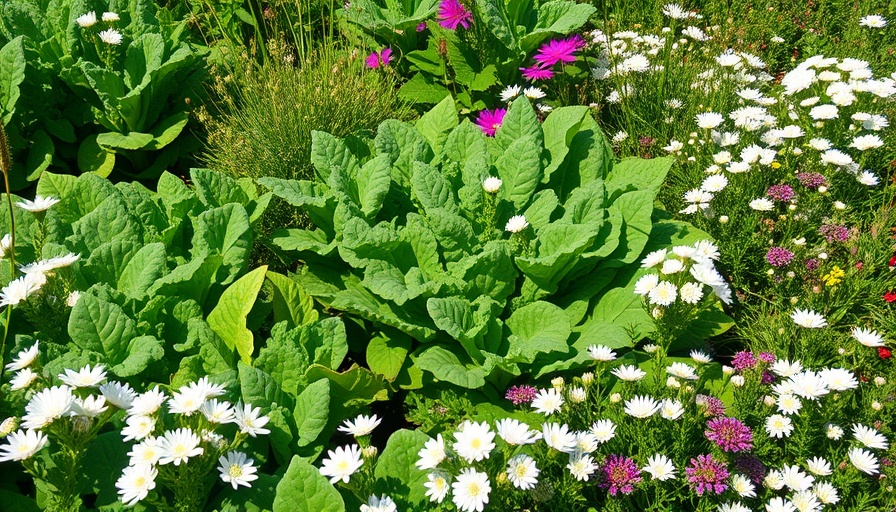
Hummingbirds: Nature's Dazzling Acrobat
Hummingbirds are not just a delightful sight in gardens; they are potent pollinators that can enhance the beauty and productivity of any outdoor space. With their rapid wingbeats and ability to hover mid-air, these dazzling birds bring a sense of wonder and vibrancy to gardens. According to Katie Tamony, CMO of Monrovia, the growing interest in attracting hummingbirds has made them the 'next glamour animal' in gardening circles. Their unique charm has captured the hearts of homeowners and nature enthusiasts alike, resulting in a surge of interest in hummingbird-friendly landscaping.
Choosing the Right Plants for Hummingbirds
Selecting plants that naturally attract hummingbirds is crucial for creating an inviting sanctuary. They are primarily drawn to tubular-shaped flowers that accommodate their long beaks, allowing easy access to nectar. Color also plays a significant role; bright reds, oranges, and pinks are particularly alluring to these pollinators. However, hummingbirds are not exclusively picky eaters; they will frequent flowers of various colors as long as they offer ample nectar.
Top Hummingbird-Friendly Plants to Consider
Here are five standout plants that are favored by hummingbirds, each offering vibrant color and vital nourishment.
- ‘Stoplights’ Red Yucca: Ideal for hot climates, this hardy plant features slender green leaves and striking red flowers that hummingbirds can't resist. Its drought-resistant nature makes it a versatile choice for lower-maintenance gardens.
- ‘Pink Pearl’ Agastache: Known for its striking pink blooms that appear from spring to frost, this perennial is loved by both hummingbirds and pollinators. It thrives in full sun and requires minimal care, making it perfect for busy gardeners.
- Bee Balm (Monarda didyma): An aromatic addition with vibrant red and purple flowers, bee balm is not only a hummingbird favorite but also attracts butterflies and bees, enriching your garden's ecosystem.
- Coral Bells (Heuchera spp.): Although primarily known for their stunning foliage, some varieties boast tubular flowers that `hummingbirds` adore. They thrive in various conditions and can serve as a colorful front border in garden beds.
- Butterfly Bush (Buddleia davidii): This shrub not only provides a nectar buffet for hummingbirds but also attracts butterflies. Its lush blooms and fragrant flowers make it a veritable centerpiece for any garden.
Creating a Hummingbird Habitat
Beyond just planting the right flowers, creating a welcoming habitat is crucial for attracting hummingbirds. Providing clean water sources, like bird baths or small fountains, gives these birds essential hydration. Additionally, avoid using pesticides, as hummingbirds often dine on small insects that may unintentionally be eliminated by chemical treatments.
Best Practices for Staggering Blooms
A smart strategy for ensuring continuous visits from hummingbirds is staggering the bloom times of your plants. By selecting species that flowering at different times of the season, you create a consistent source of nectar for these creatures. This not only helps keep hummingbirds fed but can also maintain a vibrant landscape throughout the growing season.
Understanding Hummingbird Behavior
It's fascinating to observe how hummingbirds interact with their environment. Often drawn to blooms that are in abundance, they are known to visit flowers en masse—this highlights the importance of planting in clusters. Furthermore, while some gardeners opt for feeders, it's essential to understand that creating a diverse ecosystem with native plants can often yield more success in attracting these tiny aviators.
Conclusion: Creating Your Hummingbird Paradise
By incorporating these strategies and selecting the right plants, you can transform your garden into a hummingbird paradise. Spring is the perfect time to start planting, promoting a habitat that nourishes and attracts these charming pollinators. So why wait? Begin your journey towards a more colorful, lively garden today!
 Add Row
Add Row  Add
Add 






Write A Comment